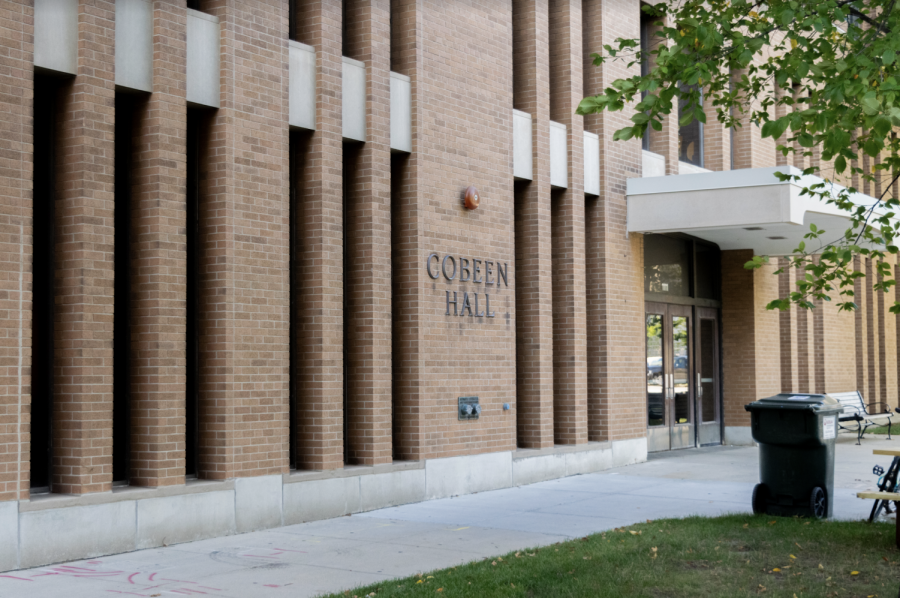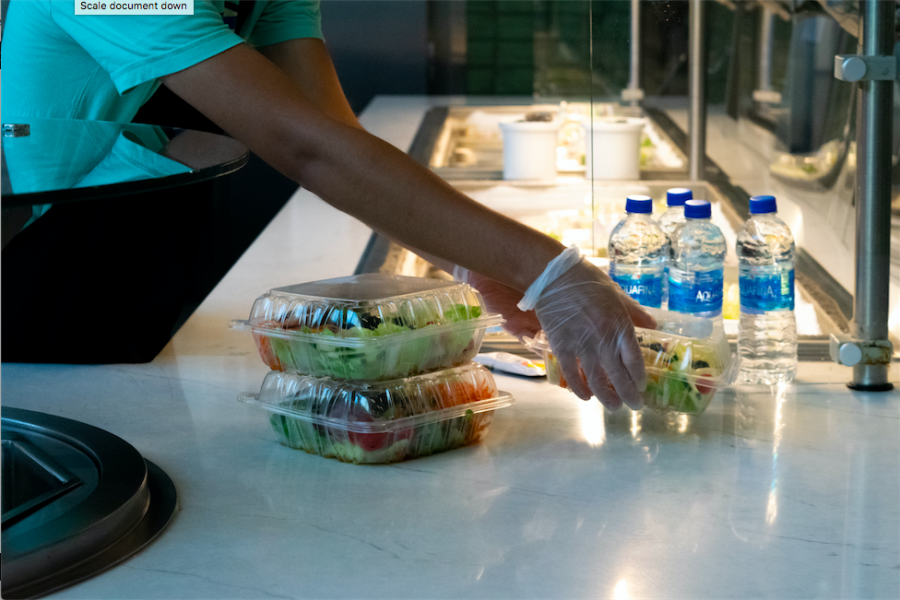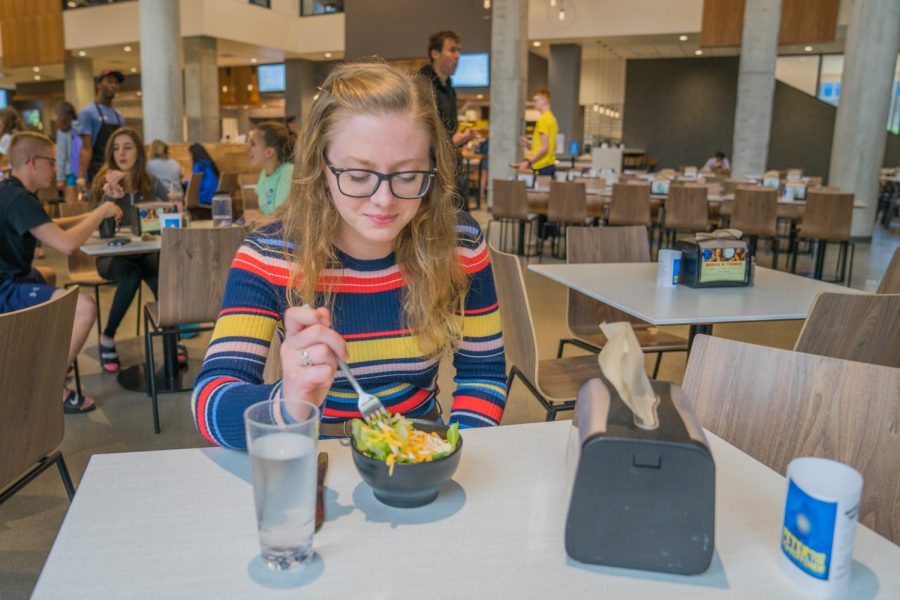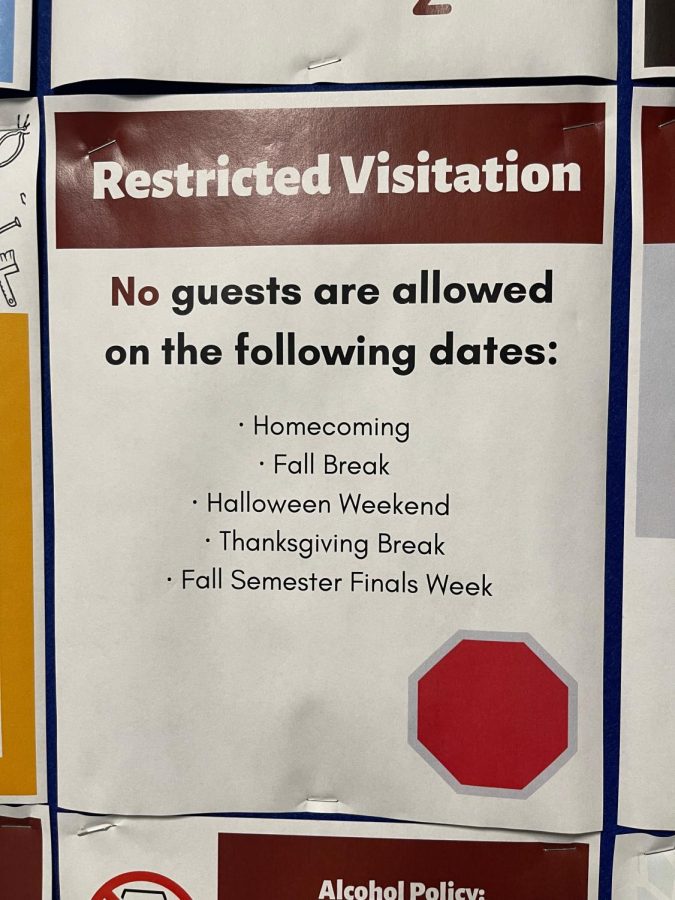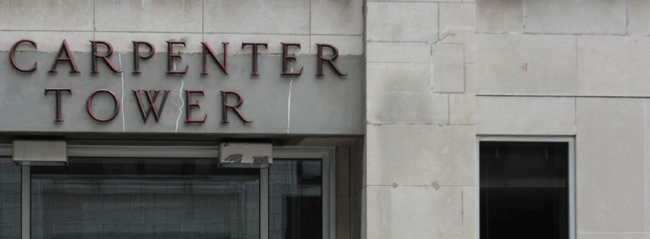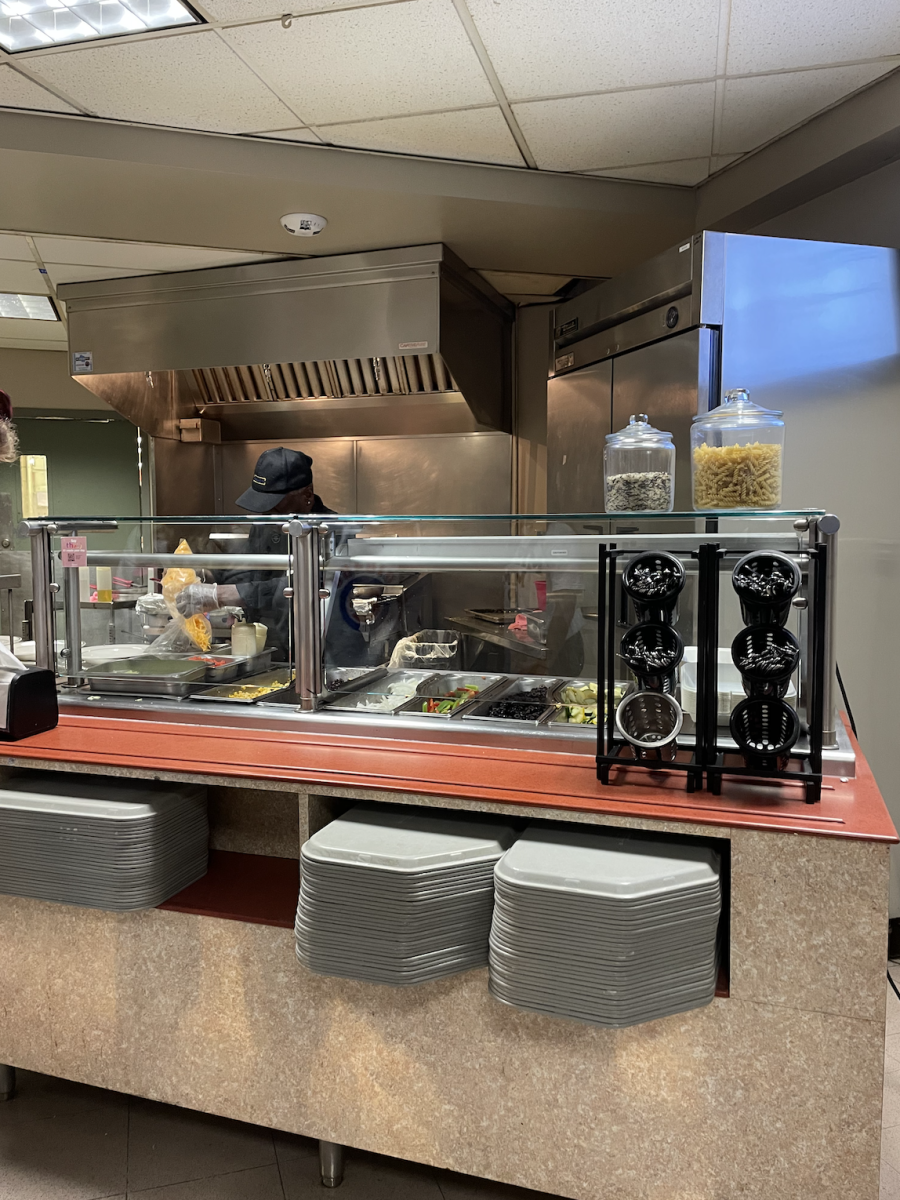All students living in residence halls are required to purchase the ‘Anytime Meal Plan.’ This allows underclassmen to eat at any of the university’s 15 dining locations. The system works on ‘meal swipes,’ which after a student’s sophomore year, are among the most coveted currency at Marquette.
As a sophomore, I’ve been told countless times that I should be enjoying my time with meal swipes. Plenty of my upperclassmen friends have tried to get me to swipe them into the dining halls, because most of them do not have meal swipes of their own.
But, upperclassmen are still able to buy the meal plan. A meal plan costs $2,090 a semester, according to Sodexo. But is the meal plan’s hefty price worth it? There are plenty of pros and cons to spending money on the meal plan.
The meal plan is convenient. What sets McCormick, Straz and Cobeen’s dining halls apart from other options is that students can dine as often as they want during business hours, and eat as much as they’d like. Mashuda, Schroeder and Marquette Place each have time periods where one can only use one meal swipe in a certain period. The Annex only allows one meal swipe a week.
McCormick is incredibly convenient because it is open 24 hours. However, with McCormick no longer being an option next year, it will be interesting to see if another 24-hour dining hall emerges.
On the flip side, preparing food can take time, which isn’t the most convenient option many days. Choosing to eat at fast-food restaurants can be quick, but not always.
The meal plan takes the cake for convenience. If someone is running late to class and needs a quick fix, getting something fast at anytime dining halls like McCormick is easy. It could be argued that making the trip to Jimmy John’s is just as quick, but the convenience of the anytime dining halls is still unmatched by any restaurants on campus, especially because the food is usually already prepared.
Another aspect to consider is the overall quality of the food. Dorm food isn’t the best, but that is to be expected. Mashuda is my personal favorite for quality of food, while McCormick rounds up the back. But for the most part, the dining hall food is palatable.
That said, I consider eating outside of the dining halls a treat. On the weekends I try to go out to at least one restaurant. Whether it’s McDonalds or The Capitol Grille, the food quality is usually better than dining hall food. At-home cooking depends on an individual’s cooking skills. However, if someone isn’t a great cook, it’s likely they’ll go out most days.
Price is another aspect to consider. As previously stated, the meal plan is just over $2000 a semester. This gives access to unlimited food at any time. Now let’s consider what an average student will spend a month on both food and groceries.
Personally, I’d budget myself with spending approximately $400 a month on food and goods. For the entirety of one semester, that equates to about the same amount the meal plan charges. So for this aspect, it seems like a tie, but the amount students spend on groceries will vary significantly from person to person.
In the end, whether or not the meal plan is worth it all depends on what someone’s priorities are. If someone cares more about quality than convenience, at-home cooking is likely to best bet. If convenience is the ultimate determinant, the meal-plan wins hands-down.



